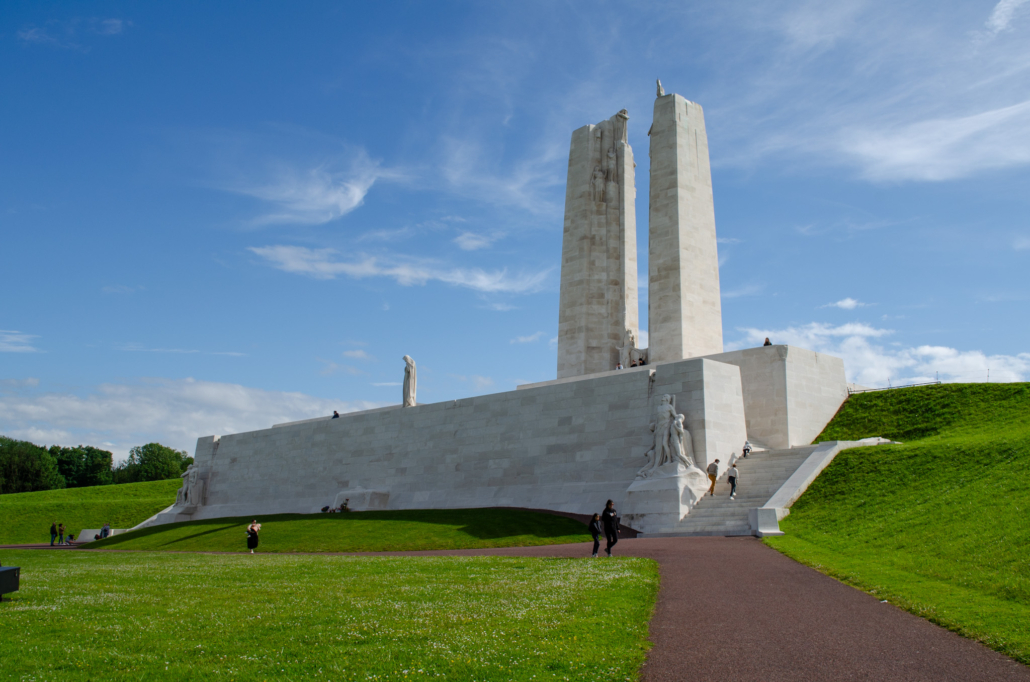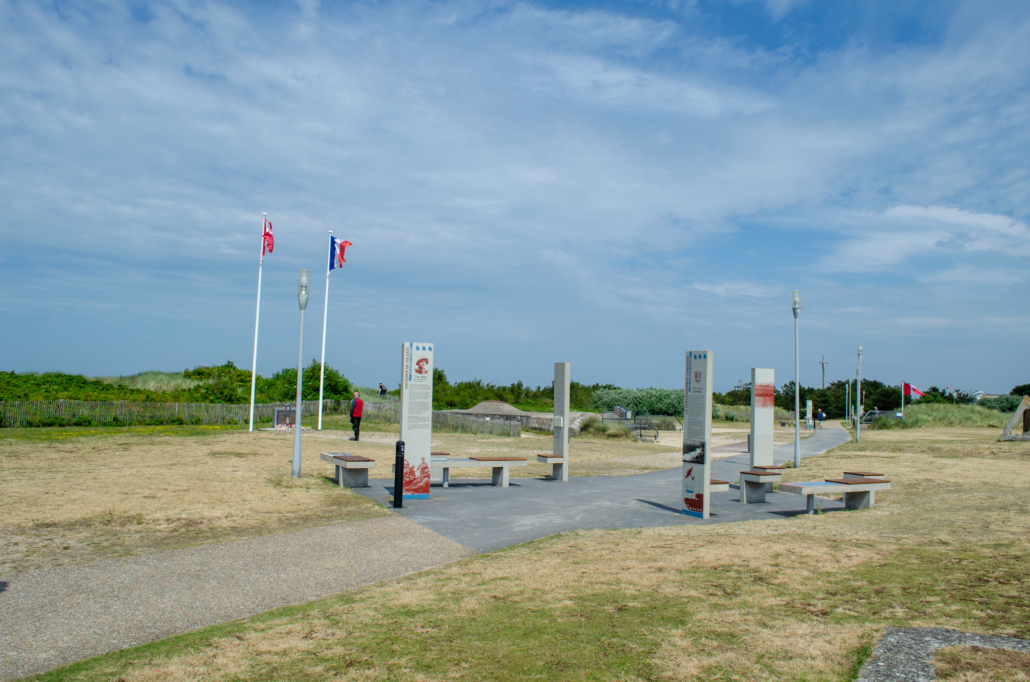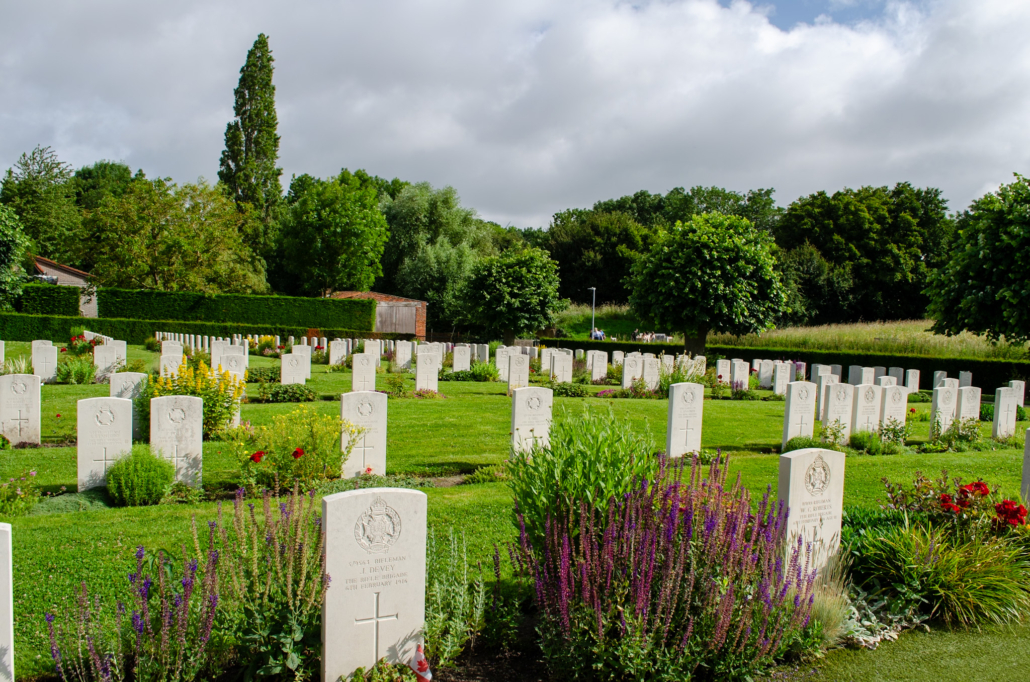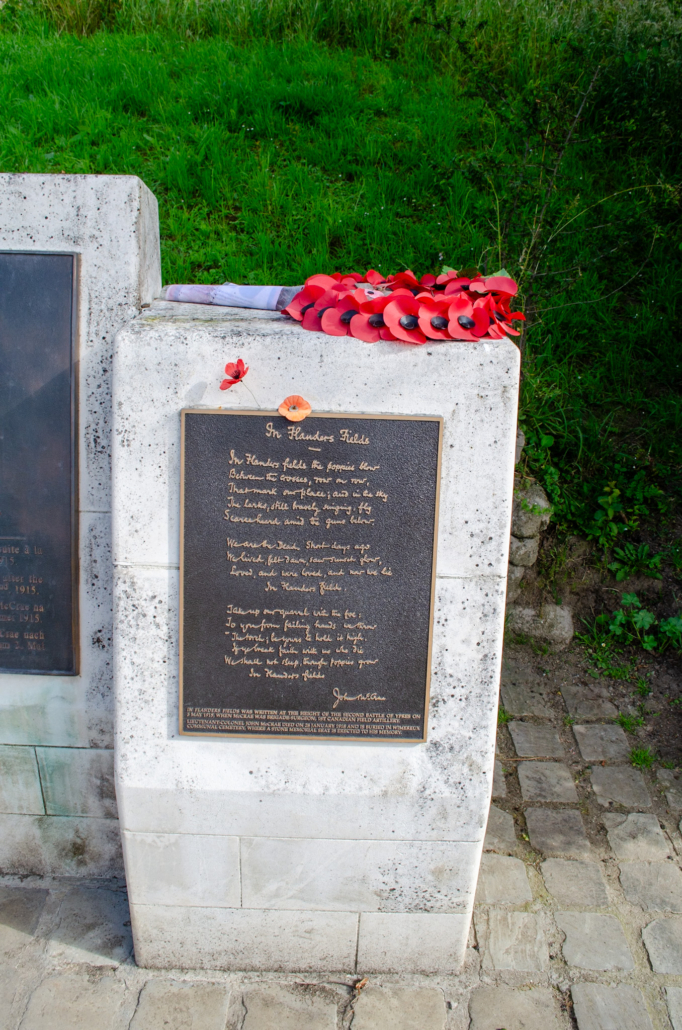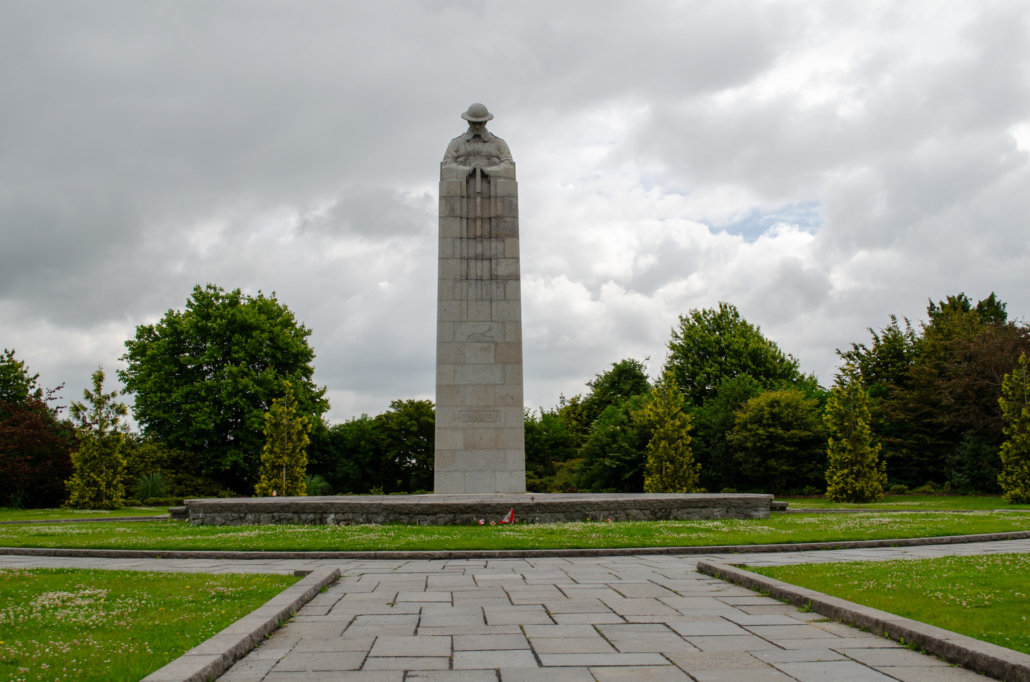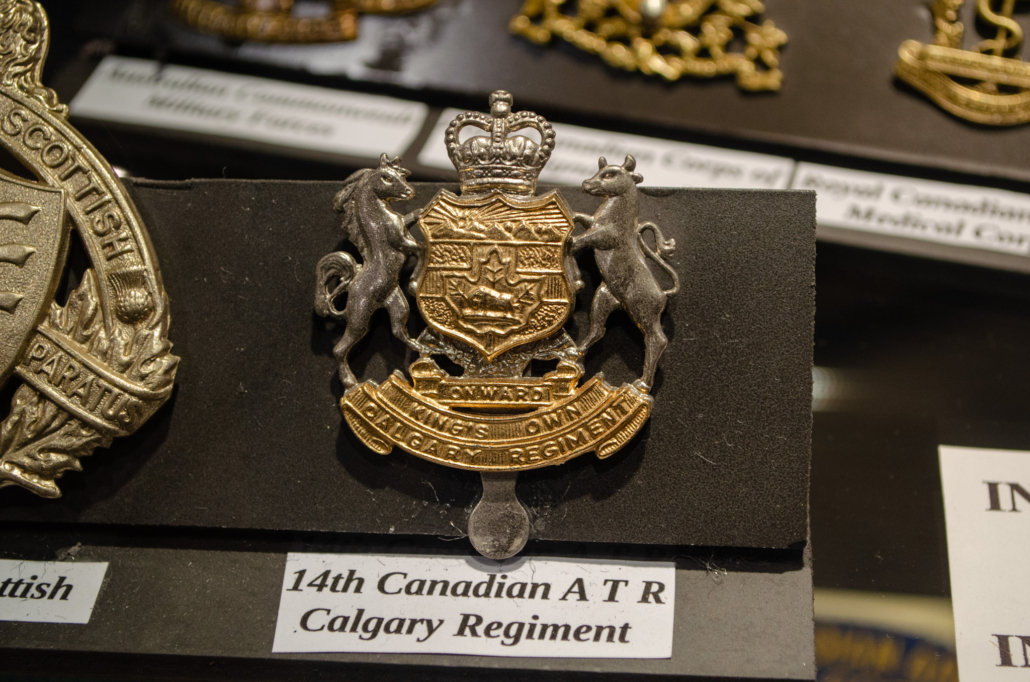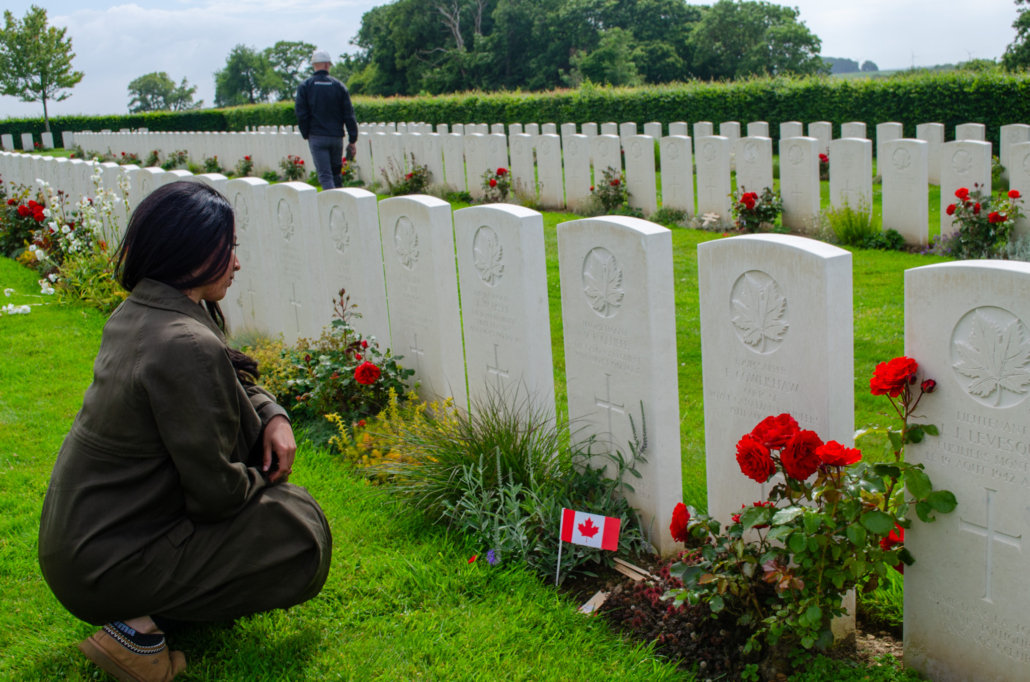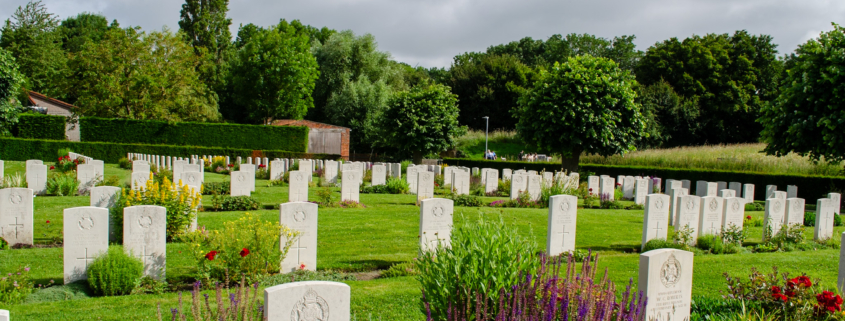Honouring History: A Battlefield Tour through France and Belgium
From June 14th until June 23rd, 2024, Pte Alfaro, a member of the King’s Own Calgary Regiment, partook in a civilian Battlefield Tour through France and Belgium. Pte Alfaro recently completed her Basic Military Qualification (BMQ), and her connection to the Canadian Army and its history is primarily through her time in the cadets and her family’s military background, with an uncle who served as an armoured soldier in the Nicaraguan Revolution. During the Battlefield Tour, she was able to visit many historical sites, including those which hold significance to the King’s Own Calgary Regiment.
The tour began at Vimy Ridge, a site of immense significance in Canadian military history. The Battle of Vimy Ridge, fought from April 9 to April 12, 1917, saw Canadian forces achieve a pivotal victory during World War I. The bravery of the soldiers and the resulting triumph marked a defining moment for Canada as a nation.
The King’s Own Calgary Regiment, originally the 103rd Regiment (Calgary Rifles), raised several battalions during World War I, including the 50th Battalion. This battalion’s participation in the Battle of Vimy Ridge exemplified the high standards and bravery that continue to define the regiment. Private John George Pattison of Calgary, a member of the 50th Battalion, who was awarded the Victoria Cross for his bravery during this battle. On April 10, 1917, Pattison advanced alone towards an enemy stronghold, throwing grenades and enabling the Canadian forces to capture the position. Unfortunately, he was killed in action two months later.
The meticulous preservation of the Vimy site provided a vivid glimpse into the harsh conditions faced by the soldiers and underscored the significance of their victory. The visit highlighted the regiment’s enduring legacy and its contribution to Canada’s military history.
The tour then travelled to Dieppe, a site etched in the annals of Canadian military history due to the Dieppe Raid on August 19, 1942. The King’s Own Calgary Regiment, known as the Calgary Tanks during World War II, played a significant role in this operation. The regiment’s tanks were among the first to engage in battle, adapting to amphibious operations with experimental procedures.
The Dieppe Raid, also known as Operation Jubilee, was intended to test the feasibility of a large-scale amphibious assault and gather intelligence. The primary goals were to seize and hold a major port for a short period, destroy coastal defences, port structures, and all strategic buildings, and then withdraw. Despite the raid’s failure, the lessons learned were crucial for the planning and execution of future amphibious operations, including the successful D-Day landings in Normandy in 1944.
The Calgary Tanks suffered heavy casualties during the raid, with 13 killed in action, four wounded, and 157 taken prisoner. The Commanding Officer, Lieutenant-Colonel J.G. Andrews, was killed in action.
A notable figure from the Calgary Tank Regiment during the Dieppe Raid was Edwin Bennett, who served as a tank commander. His actions during the raid exemplified the courage and resilience of the regiment. During the Dieppe Raid, Edwin Bennett of the Calgary Tank Regiment was blinded in one eye and nearly dismissed as beyond help by a German doctor. However, Sister Agnès-Marie Valois, a young French nurse known as “the white angel,” insisted he receive treatment. Bennett vividly remembered her voice. In 1982, on the fortieth anniversary of the Dieppe Raid, veterans returned to France for a commemoration ceremony. Bennett recognized Sister Agnès-Marie Valois by her voice, leading to an emotional reunion. Sister Agnès-Marie Valois recently passed away at the age of 103.
The tour continued to Bayeux, a gateway to the historic sites of Normandy, significant to World War II. This part of the tour included a visit to Juno Beach, where Canadian forces landed on D-Day, June 6, 1944.
The last leg of the tour took place in Ypres, Belgium, a city synonymous with World War I, and included attending the Menin Gate ceremony, held every evening to honour the missing soldiers of the Commonwealth.
Finally, Essex Farm, the site where where John McRae wrote the iconic poem “In Flanders Fields was visited.
Seeing these historical monuments, preserved bunkers, and cemeteries underscored the importance of remembrance and the emotional toll of war and brought home the stark realities of life and death on the front lines.
✍️& 📸 Pte Alfaro
